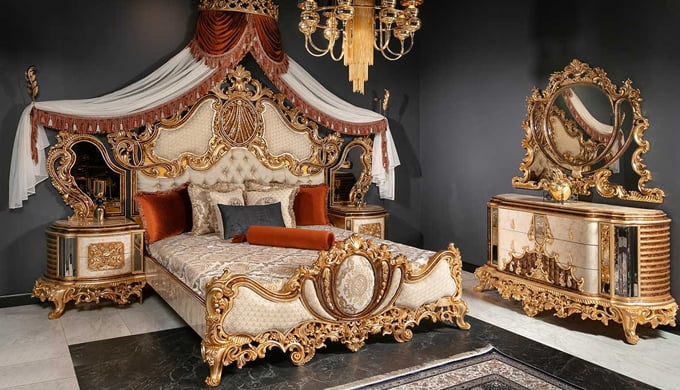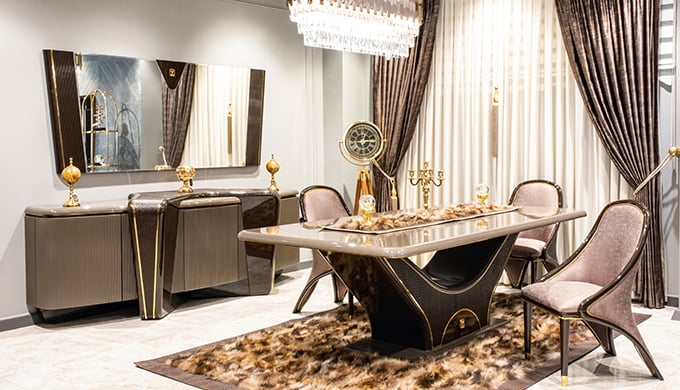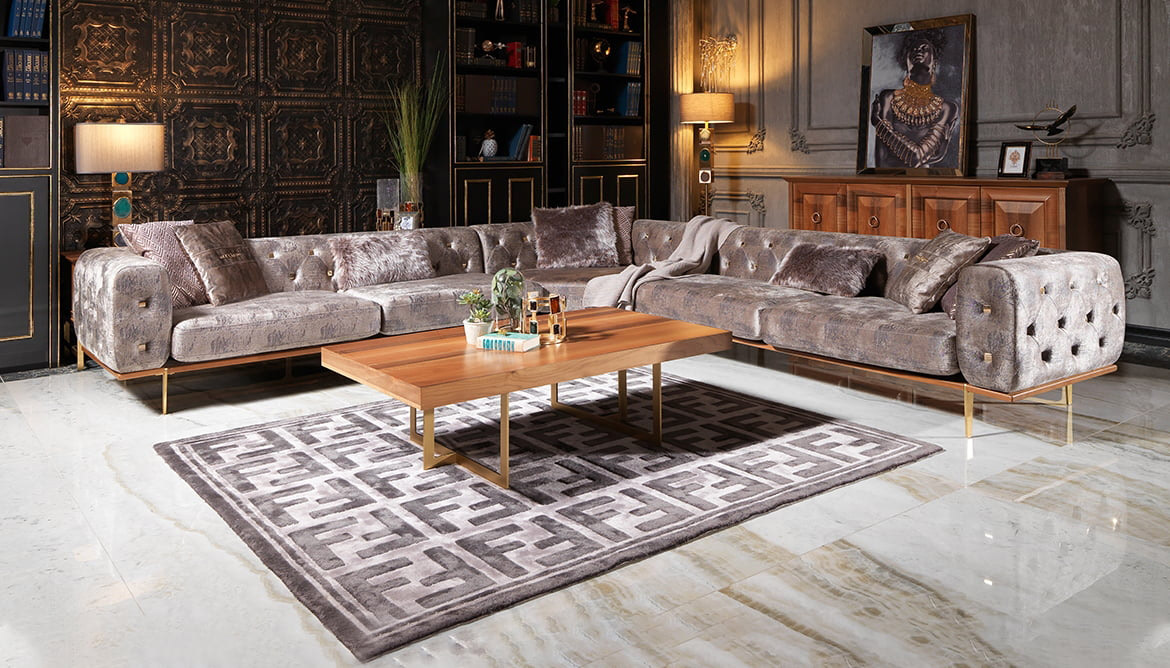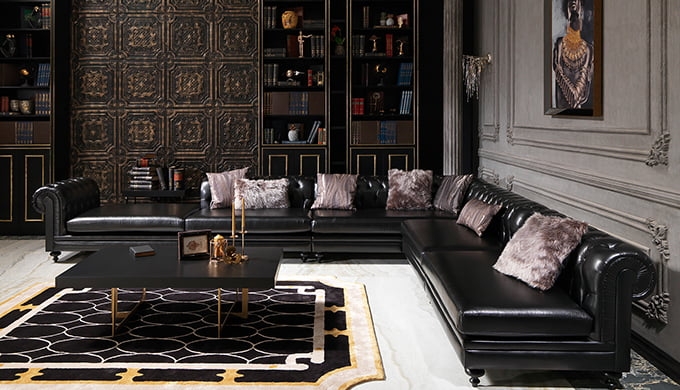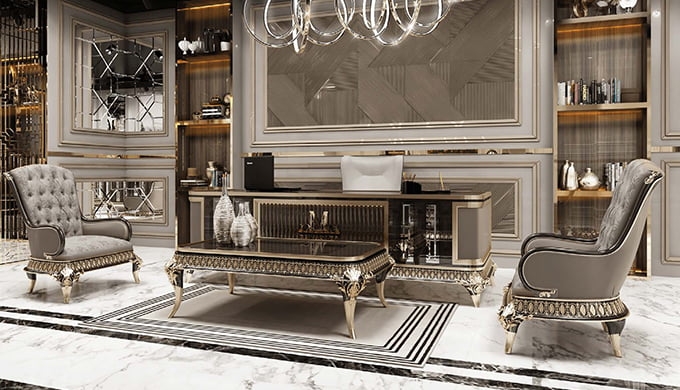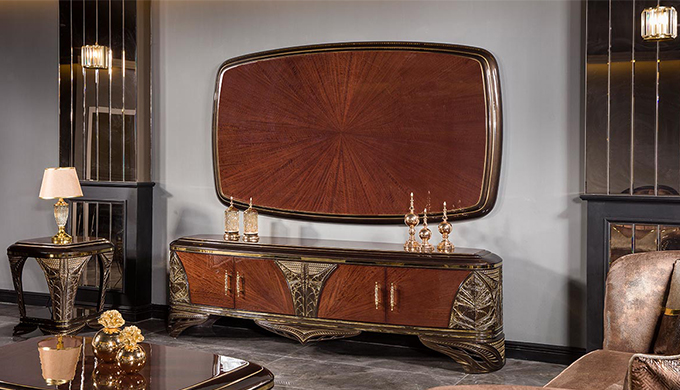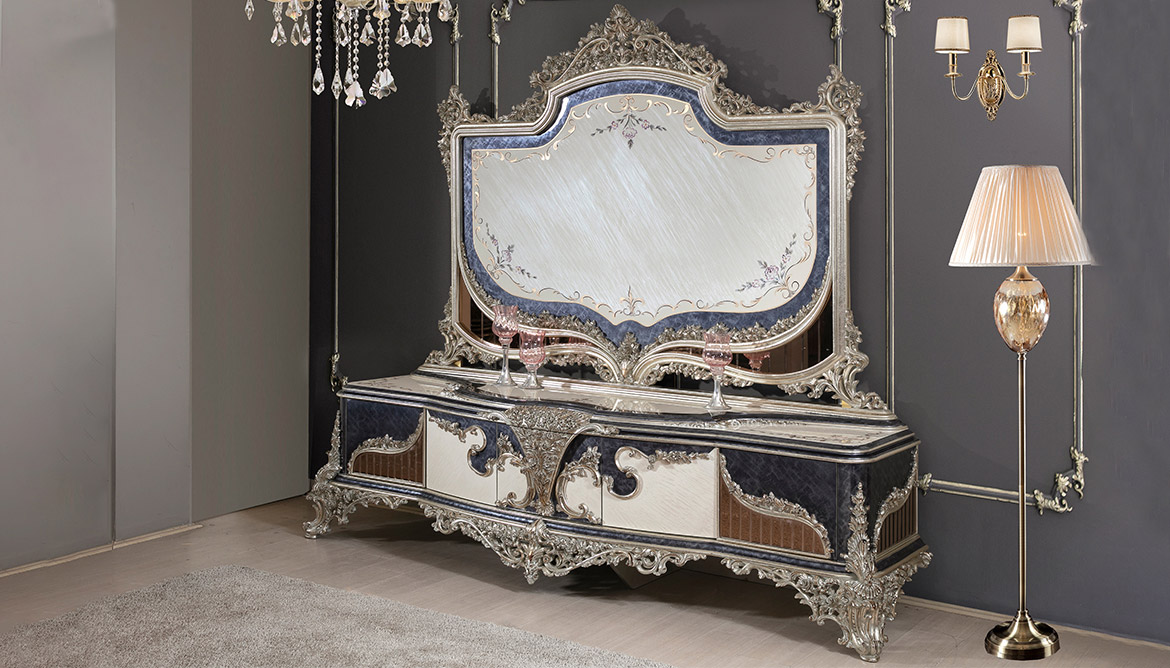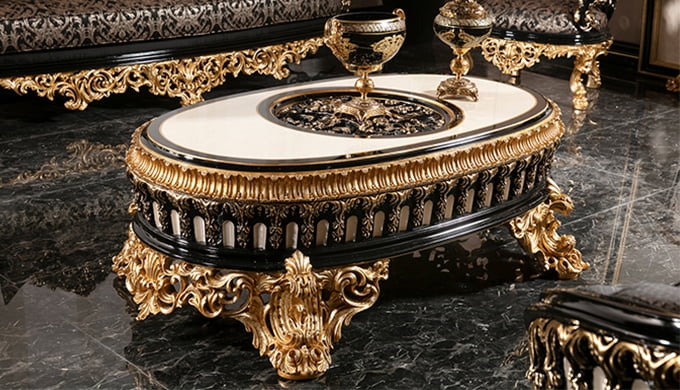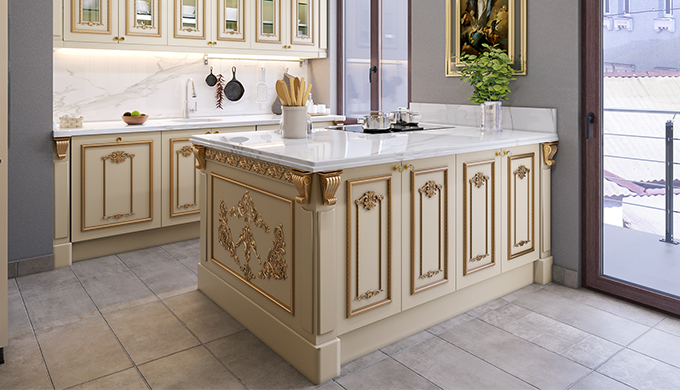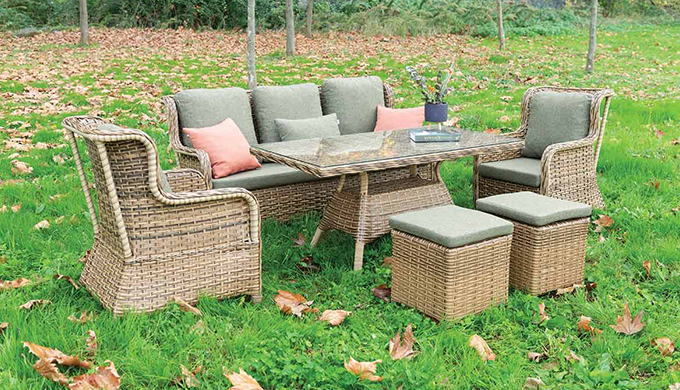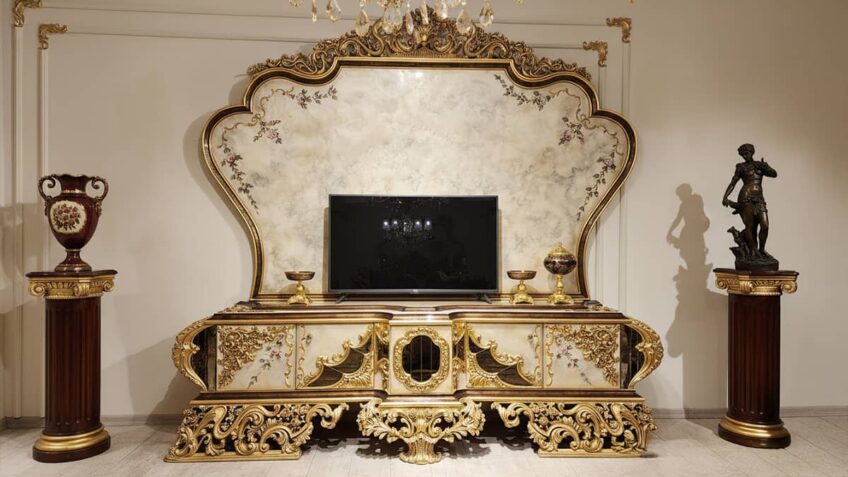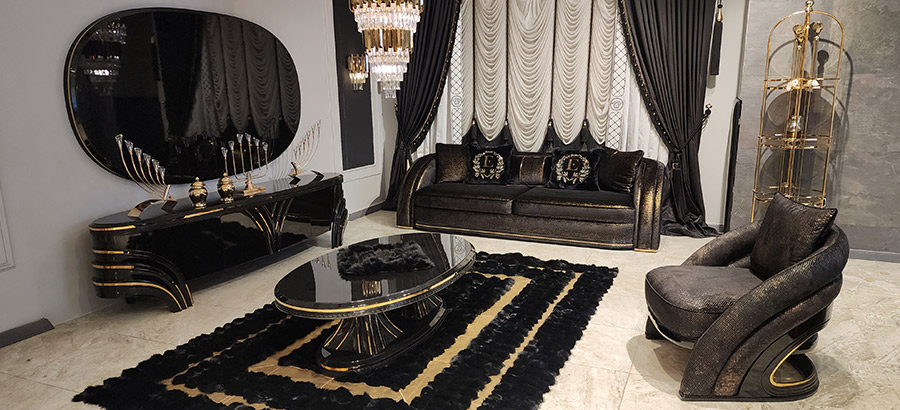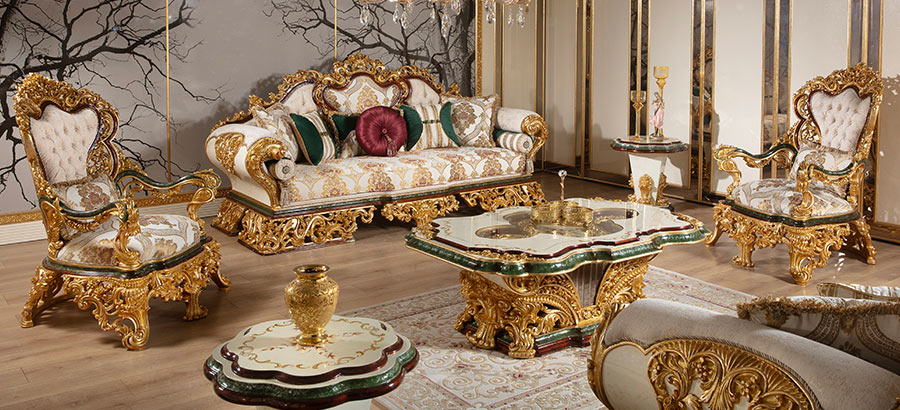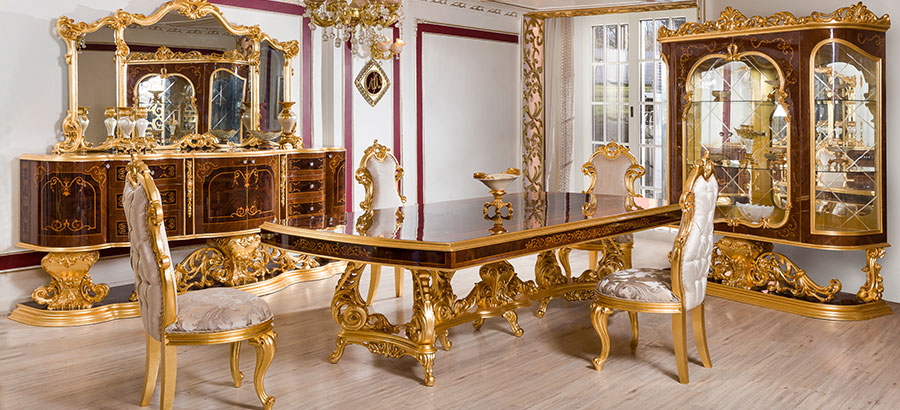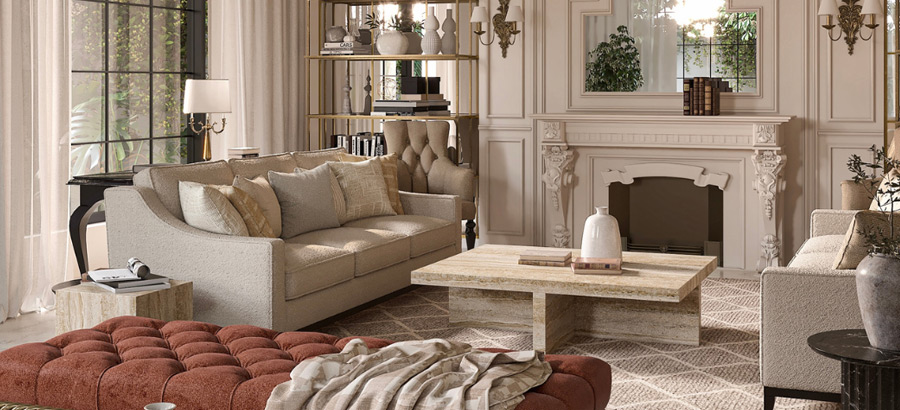In modern homes, convenience and style go hand in hand. One of the biggest innovations in home technology is the robot vacuum, a device that promises effortless cleaning. However, its performance heavily depends on how well your furniture complements its design. Dining rooms, in particular, can present challenges for robot vacuums due to the arrangement of tables, chairs, and sideboards.
Whether your taste leans toward modern, luxury, or classic dining room sets, choosing the right furniture will ensure your robot vacuum can do its job effectively—without compromising on aesthetics. This guide will walk you through the key considerations for selecting robot vacuum-friendly dining room furniture.
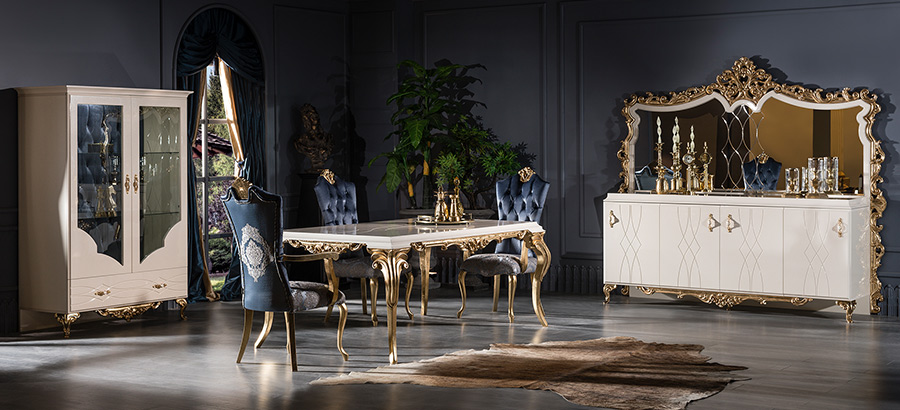
Why Dining Room Furniture Matters for Robot Vacuums
Why Dining Room Furniture Matters for Robot VacuumsThe dining room is often one of the busiest spaces in a home, hosting family meals, gatherings, and celebrations. This means it is also one of the most prone to crumbs, spills, and dust. While a robot vacuum can easily handle these messes, its efficiency is determined by the furniture layout.
- Low or bulky furniture can trap dust in hard-to-reach areas.
- Closely spaced chair legs may block the vacuum’s movement.
- Heavy, ornate tables can create narrow gaps that limit access.
By selecting robot vacuum-compatible dining room sets, you create a seamless balance between elegance and functionality.
The Importance of Furniture with Raised Legs
The single most important factor for robot vacuum compatibility is leg height. Furniture with raised legs (10–12 cm or higher) allows the vacuum to glide underneath and remove hidden dust.
- Modern dining sets often feature slim, raised legs that perfectly suit robot vacuums.
- Classic dining furniture, while traditionally more ornate, can also be chosen with slightly elevated bases to maintain both beauty and practicality.
- Luxury dining sets that incorporate gold, brass, or carved wooden legs can still provide adequate clearance when designed with cleaning in mind.
By prioritizing raised-leg furniture, you eliminate blind spots where dust accumulates.
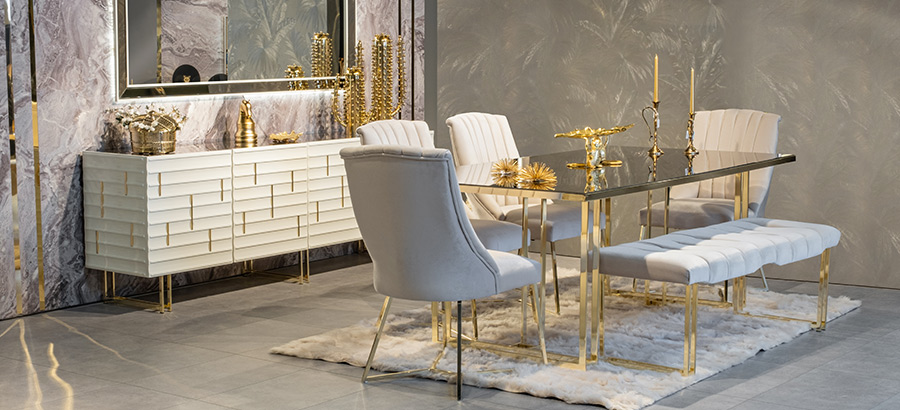
Classic Dining Room Sets and Robot Vacuums
Classic furniture is known for its decorative details—carved wood, ornate frames, and heavy structures. These features are timeless, but they can pose challenges for robot vacuums if not chosen carefully.
- Opt for chairs with taller, carved legs, rather than upholstered bases that sit flush to the floor.
- Choose a rectangular table with raised legs, which provides both elegance and accessibility.
- If you prefer classic sideboards, ensure there’s a clearance underneath so the vacuum can clean without obstruction.
This way, you preserve the grandeur of traditional design while keeping your home spotless with minimal effort.
Luxury Dining Sets: Blending Elegance with Practicality
Luxury dining furniture emphasizes glamour and sophistication—often featuring velvet upholstery, marble tops, and metallic accents. While these designs are visually stunning, they can be robot vacuum-friendly with the right choices.
- Velvet dining chairs should ideally have slim legs rather than full skirts.
- Luxury tables with marble or glass tops can be paired with raised bases, allowing easy vacuum access.
- Statement pieces like gold-detailed consoles should be elevated to ensure dust doesn’t accumulate beneath them.
A luxury dining room doesn’t have to sacrifice practicality. When designed with cleaning in mind, it combines elegance with effortless maintenance.
Modern Dining Room Sets: Naturally Robot Vacuum-Friendly
Modern dining furniture often embraces minimalism, which makes it naturally compatible with robotic cleaning. With fewer details, clean lines, and slim structures, these sets allow more freedom of movement.
- Chairs with narrow legs create wider gaps, perfect for vacuum navigation.
- Round or extendable modern tables leave more space underneath for cleaning.
- Open-frame storage units or consoles reduce clutter while enabling the robot to pass freely.
For homeowners seeking a sleek aesthetic and low-maintenance cleaning, modern dining sets are an ideal match.

Choosing the Right Dining Chairs
Dining chairs are often the most challenging obstacle for robot vacuums, as they are numerous and closely placed. To optimize cleaning:
- Select lightweight chairs that can be easily moved when needed.
- Prefer open-leg designs over solid bases.
- Avoid bulky chairs with upholstery that extends to the floor.
This ensures your robot vacuum can weave between chairs without getting stuck.
Sideboards, Buffets, and Storage Units
While tables and chairs take center stage, sideboards and buffets also influence robot vacuum performance. Many traditional designs sit directly on the floor, preventing access. Instead, consider:
- Raised sideboards with slender legs to allow clearance.
- Wall-mounted units, which free up the floor entirely.
- Minimalist buffets, which reduce dust accumulation and ease navigation.
These choices maximize cleaning efficiency while maintaining visual harmony in your dining space.
Practical Tips for a Robot Vacuum-Friendly Dining Room
- Leave space between furniture: Avoid placing chairs or sideboards too close together.
- Use rugs wisely: Choose low-pile rugs under the dining table so the vacuum can cross without obstruction.
- Opt for round corners: Rounded tables and chairs reduce the risk of vacuums bumping or getting stuck.
- Rearrange strategically: Position dining sets to create open pathways for smooth navigation.
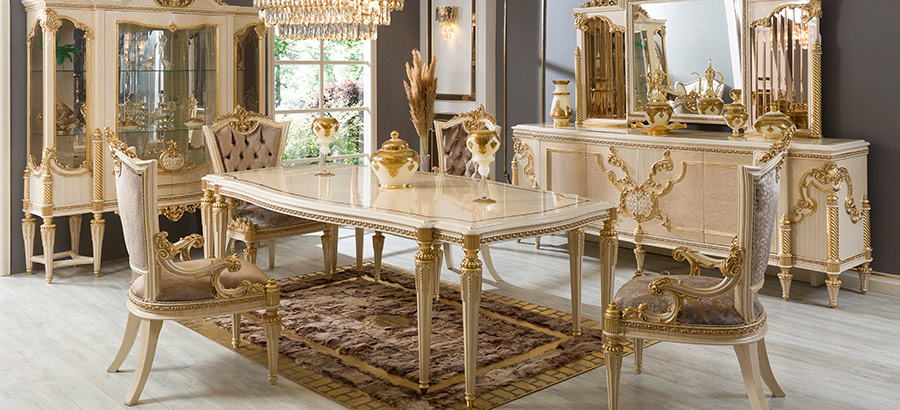
Final Thoughts: Marrying Style and Functionality
A dining room should reflect your personal taste, whether classic, luxurious, or modern. But in today’s world, style must also meet functionality. By choosing robot vacuum-compatible dining room sets, you save time, maintain a cleaner home, and enjoy stress-free hosting.
From raised-leg classic designs to sleek modern minimalism, the right furniture allows your robot vacuum to operate at peak performance—keeping your dining space elegant, inviting, and effortlessly spotless.

